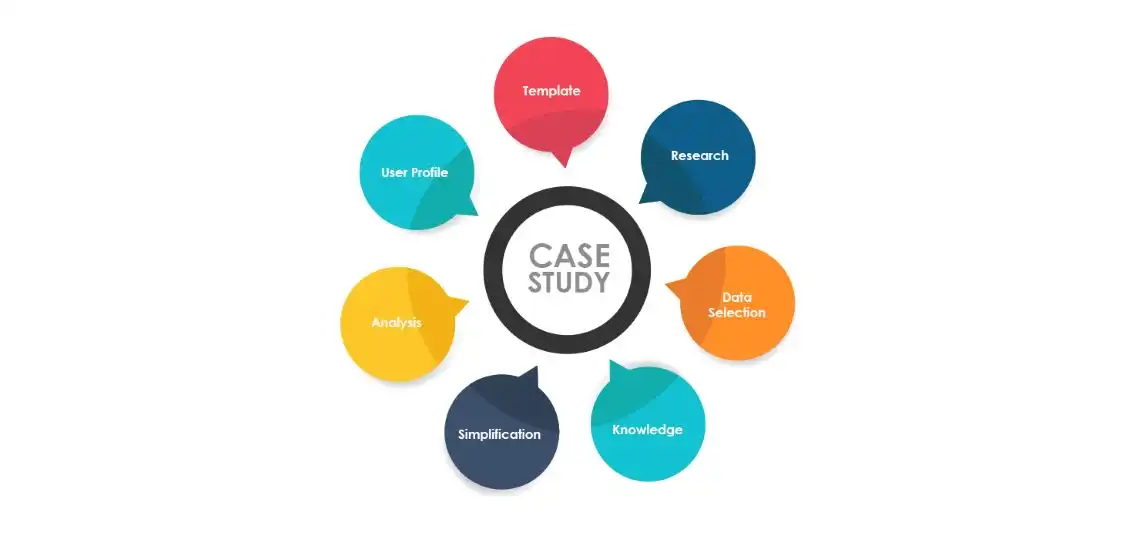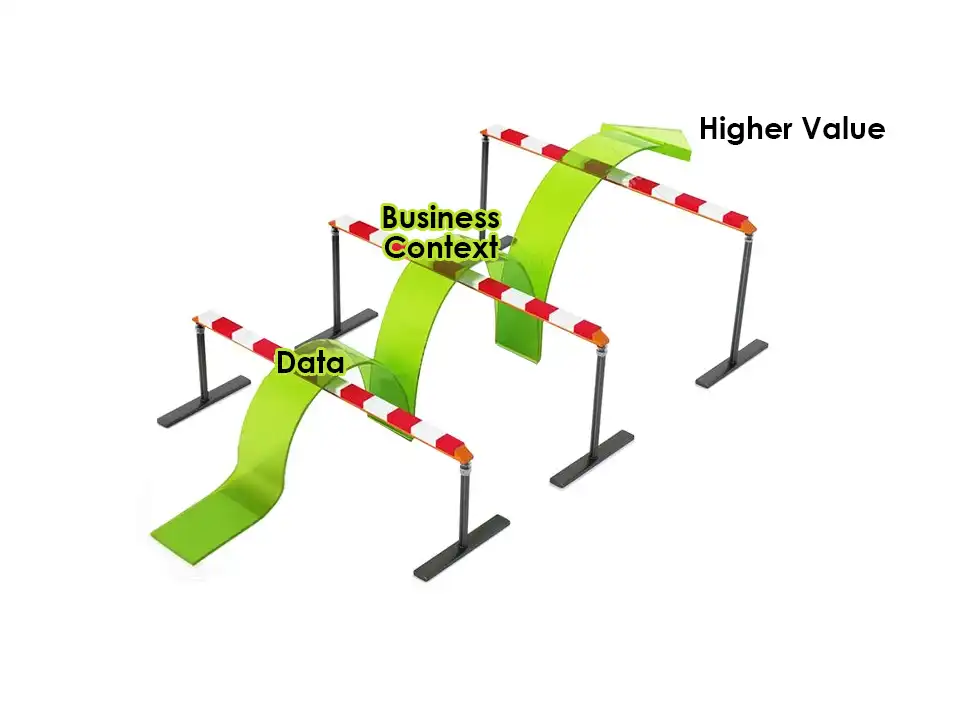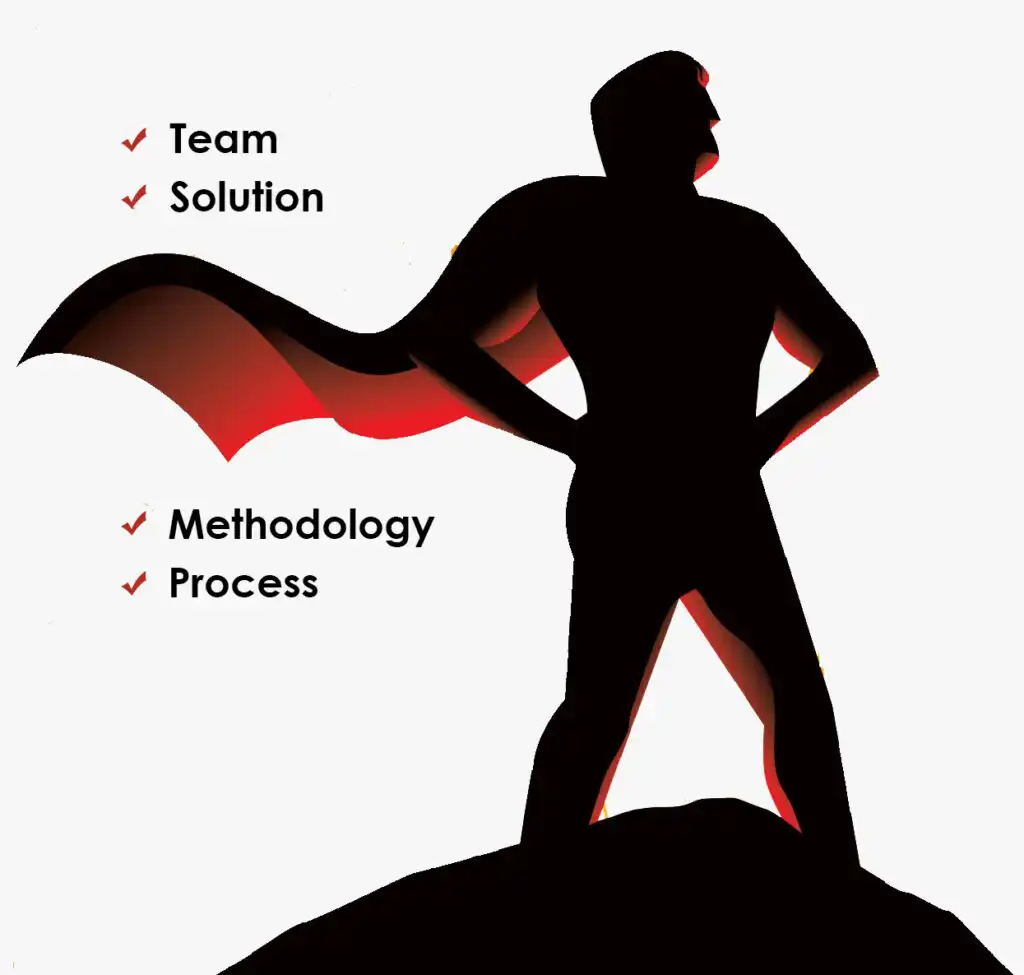
Want to Influence Buying Decisions with Case Studies? Follow these Rules
30 August 2019
Panchalee Thakur
Long before influencer marketing became a thing and individuals with power to sway purchasing decisions gained celebrity status, there was the customer story. Written as a case study, the customer story has for years been the most valuable and essential piece of document for a sales or marketing professional.
There is a lot to learn from the experience of one buyer, and a case study which puts out that story becomes a strong point of reference for a prospect. A case study also appeals to an innate need of decision-makers to be part of a community and know that others too have been there, done that. Hence, it has been a tool for influencer marketing before anyone had even thought of this term.
However, to write a case study in a way that it influences a prospect’s buying journey is not an easy task. There is a common malaise that afflicts case studies: a set of facts and figures strewn across the document and all the necessary boxes in your checklist ticked, yet it misses the mark. In spite of all the data being fed in, it comes across as dull and uninspiring. Or you have touched upon all the important phases of the buyer’s journey, yet many questions remain unanswered.
What could have gone wrong? Several things.
Hurdle number 1: Getting the data to speak for itself
Data can prop your case study up. We all know that. You have data to show how the challenges that your customer had earlier faced had played out in different ways. You also have data to show the extent to which your solution has helped remove those hurdles or brought in unexpected benefits.
However, statistics do not mean anything unless you put them in the right context. Let me explain.

If you say you have reduced the turnaround time of a loan application by 20 percent, it sounds good. But it could give rise to more questions than answers in a reader’s mind. What was the goal? Does the turnaround time now match industry standards? How is it impacting the client’s overall business? You need to put the data in the context of your industry or business to capture the buyer’s attention. For example, can you say that by turning around loan applications in 20 percent less time, you have beaten the industry average? Or that your customer satisfaction score has gone up two notches? When you write a case study where these connections are well established, the data will make more sense.
Hurdle number 2: Limits of working within a prescribed template
Compared to many other forms of content, a case study is expected to deliver direct business results, or draw a prospect towards your product or solution. It helps clear the fog in the prospect’s mind and convinces her on why your solution is the panacea for her business challenges.
Hence, when we write a case study, we follow a largely formulaic approach – a short introduction about the client, the problems faced, the solution you built and the benefits the client has discovered. Generally, there are only small variations or additions to this structure.

You want to stay within a pre-defined format and satisfy the reader’s curiosity. Yet you do not want to write a case study in a rigid template with predictable content and style. The trick lies in capturing finer details within that format that will likely catch the reader’s attention. For example, if knowledge about the industry domain or function was critical to build the solution, dedicate a couple of lines on that strength. Or if you had won the contract after a competitive bid in which you trumped established players or an existing vendor of the client, brag about it.
Hurdle number 3: Giving it a human face
A case study could read drab if you cram it with technical mumbo-jumbo and miss the main point – that is to say, the heroics of saving a client from a bad situation. Do not make the mistake of going to great lengths to explain how we did it – the various technical components that went into the solution – and not spend enough time talking about why we did it – that is, the problems we took care of.
Some people have termed case studies a hero’s storytelling. Case study writers have tried to apply the powerful storytelling structure that Joseph Campbell talks about in The Hero’s Journey. A case study has tension, suspense, a breakout point and progress. Sometimes the hero may be your solution that was the perfect fit for the client’s business challenge. Sometimes it could be the team that made it happen. And at other times, it could be a methodology that you have perfected over the years.

By looking at a deployment from the team’s or the user’s point of view is a great way to put life into dry facts, and make it human and relatable.
Try this formula while writing a case study
To write a case study that is engaging and informative, spend time in the pre-planning or data gathering process. The more you dig, the more gems you are likely to unearth. So here is my approach.
- Create templates for technical teams. Technical teams are often too busy getting the work done and are not interested in documenting different aspects of a deployment. To circumvent this problem, create a basic template that goes out to the technical teams. The marketing and sales teams can use this bare bones version to pick the deployments that are likely to make good case studies or strong nominations for award entries.
- Draft an extensive questionnaire. Though I use a questionnaire to conduct interviews, I keep scope for improvising as certain answers may need further enquiry. The team might have left out some details that they had considered insignificant. It is up to the writer to sift through the details and pick what is relevant.
- Break down complex facts. Not only do technical jargon and complex concepts need to be broken down but technical aspects also need to be given a business perspective. This is where the writer’s skill comes to the fore; how do you connect the dots and make it a compelling story for both a business and a technical reader?
- Don’t shy away from asking uncomfortable questions. Even a superhero can fail, so it’s alright to highlight the difficulties you faced and the measures you took to fix those. The writer must convince the technical team that talking about the challenges will not make them look bad but genuine and human.
- Know the user. As always, know who your intended audience is, which could be an IT decision-maker or a business leader. The details you provide and the approach you take will vary, depending on who will read it, and possibly act on it.
- Keep different formats. Not all case studies make for extensive writing. You may find that some case studies work best in a short and concise format, whereas some others make for good video presentations.
Small details go a long way
A case study is your space to flaunt the company’s track record, strengths, knowledge, relationship with clients and potential. But isn’t every other peer making the same claims? How do you present it in a way that you influence the decision-maker in your favour?
Pepper it with data that corroborates the claims, capture the backstory or what went behind the client win, convince the client to write a testimonial, project the human angle and take the help of graphics to explain complex aspects such as a methodology that you have used or a new process that you have designed.
